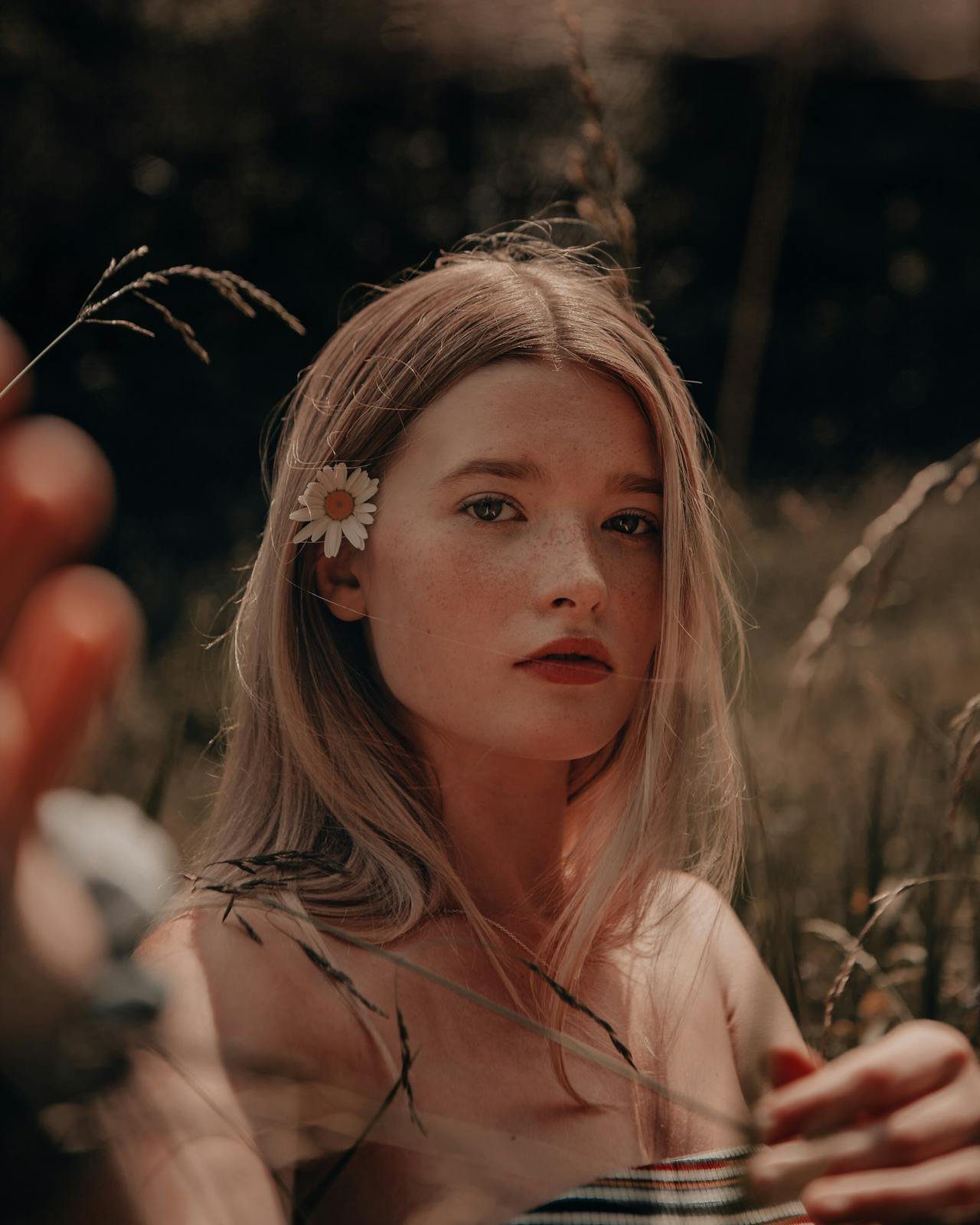While roses are a classic Valentine’s Day gift, there are many other beautiful flowers and thoughtful alternatives that can make your gesture unique and meaningful. Whether you’re looking for something different or want to avoid the typical bouquet, here are some wonderful alternatives to roses that convey love, affection, and romance.
1. Tulips: Elegance and Perfect Love
Symbolism: Perfect love, grace, and elegance.
-
Why Choose It: Tulips are timeless and versatile flowers that represent perfect love and elegance. They come in a variety of colors, with red tulips symbolizing passionate love and pink tulips conveying caring affection. They’re a beautiful choice for those who want a more understated yet graceful alternative to roses.
2. Lilies: Refined Beauty and Commitment
Symbolism: Purity, commitment, and refined beauty.
-
Why Choose It: Lilies are luxurious and fragrant flowers that symbolize purity, commitment, and devotion. The white lily is particularly associated with purity, while the pink lily represents prosperity and abundance. Lilies are perfect for expressing deep admiration and devotion to a partner, making them a thoughtful gift for Valentine’s Day.
3. Orchids: Exotic Beauty and Strength
Symbolism: Exotic beauty, strength, and love.
-
Why Choose It: Orchids are unique, elegant flowers that symbolize love, beauty, strength, and luxury. The exotic appearance of orchids makes them stand out from the usual floral arrangements, and they come in a range of colors that can represent different meanings. A purple orchid can symbolize admiration, while a white orchid conveys purity and beauty. Orchids make a perfect gift for someone who appreciates rare and beautiful flowers.
4. Daisies: Innocence and Cheerfulness
Symbolism: Innocence, purity, and cheerfulness.
-
Why Choose It: Daisies are bright, cheerful, and symbolize innocence and purity. They’re a great option for someone you care about deeply, but perhaps aren’t yet in a romantic relationship with. Daisies express joy, simplicity, and affection, making them ideal for a lighthearted yet meaningful gesture.
5. Sunflowers: Adoration and Loyalty
Symbolism: Adoration, loyalty, and happiness.
-
Why Choose It: Sunflowers are bold and vibrant, representing adoration, loyalty, and unwavering love. Their large, bright petals bring a sense of warmth and joy, making them a fantastic gift for someone who lights up your world. Sunflowers are especially great for expressing affection toward someone who brings happiness into your life.
6. Peonies: Romance and Prosperity
Symbolism: Romance, good fortune, and prosperity.
-
Why Choose It: Peonies are soft, full blooms that are often associated with romance and good fortune. Their lush petals make them a romantic and luxurious alternative to roses, ideal for expressing deep love and wishing someone prosperity in their life. They’re a beautiful choice for a partner, especially in a long-term relationship.
7. Carnations: Deep Affection and Fascination
Symbolism: Deep affection, fascination, and love.
-
Why Choose It: Carnations are elegant flowers that are known for their long-lasting qualities. They are often associated with deep affection and admiration. Red carnations symbolize love, while pink carnations convey a sense of gratitude. Carnations are affordable, yet they carry a sophisticated charm, making them a wonderful alternative to roses.
8. Freesia: Innocence and Friendship
Symbolism: Innocence, friendship, and trust.
-
Why Choose It: Freesias are fragrant flowers that represent innocence and friendship. Their delicate blooms and sweet scent make them an ideal choice for expressing affection without the intense romantic tone of roses. Freesias are great for someone you care for deeply, but where the relationship may still be in the early stages or based on a strong friendship.
9. Irises: Faith and Hope
Symbolism: Faith, hope, and wisdom.
-
Why Choose It: Irises are symbolic of faith, hope, and wisdom, making them an excellent choice for someone you admire and respect. Their stunning shape and rich colors, particularly purple and blue, convey messages of admiration and inspiration. Irises are a great choice for expressing deep feelings of trust and faith in a partner or loved one.
10. Chrysanthemums: Joy and Friendship
Symbolism: Joy, friendship, and optimism.
-
Why Choose It: Chrysanthemums, also known as mums, are vibrant flowers that represent joy and optimism. They’re often associated with friendship and are perfect for expressing a deep connection and appreciation. Chrysanthemums come in a variety of colors, each with its own symbolic meaning. Yellow mums symbolize friendship, while red mums represent love.
11. Calla Lilies: Magnificent Beauty and Devotion
Symbolism: Magnificent beauty, devotion, and marriage.
-
Why Choose It: Calla lilies are elegant and sophisticated flowers that symbolize magnificent beauty and devotion. The sleek, trumpet-shaped petals make them stand out in any arrangement, and they are often associated with weddings and new beginnings. If you want to convey admiration and a deep, devoted love, calla lilies are a perfect alternative to roses.
12. Violets: Modesty and Faithfulness
Symbolism: Modesty, faithfulness, and affection.
-
Why Choose It: Violets are delicate and dainty flowers that symbolize modesty, loyalty, and faithfulness. They make a charming alternative to roses for someone you have deep affection for, but want to express in a more subtle and refined manner. Violets are perfect for a more understated yet meaningful gesture of love.
13. Lavender: Calmness and Serenity
Symbolism: Calmness, serenity, and devotion.
-
Why Choose It: Lavender represents calmness and serenity, making it a wonderful flower for those who appreciate a peaceful and harmonious relationship. Lavender is also associated with devotion, making it a great gift to show how much you care for someone. Its lovely fragrance and soft purple hue are perfect for a romantic gesture without the usual intensity of roses.
If you’re looking for a floral gift that stands out this Valentine’s Day, there are many beautiful alternatives to roses that can express your love, admiration, and affection. From the elegance of tulips and lilies to the cheerful charm of sunflowers and daisies, each flower carries its own unique symbolism. Whatever you choose, the thought and care behind your gesture will undoubtedly make your Valentine’s Day gift unforgettable.
